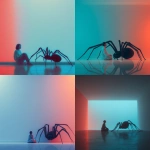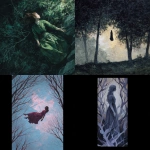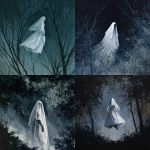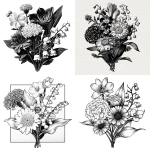Explore the Best AI Image Gallery
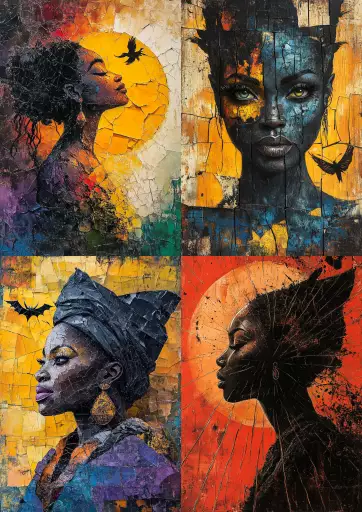
Pixels on Your Skin: How AI Images are Transforming the Design World
The world of design is on the cusp of a profound transformation, driven by the emergence of artificial intelligence (AI) and its ability to generate stunning visuals. Imagine a world where designers can conjure up intricate illustrations, realistic 3D models, or unique visual concepts with just a few prompts. This is the reality that AI image generation is rapidly bringing to life, blurring the lines between human creativity and machine ingenuity.
From crafting marketing materials and website designs to conceptualizing product prototypes and creating immersive experiences, AI image generation is poised to reshape countless aspects of the design industry.
Unleashing Creativity: Potential Uses of AI Images in Design
- Concept Art and Prototyping: AI can rapidly generate a multitude of visual concepts based on designer input, accelerating the ideation process and allowing for exploration of diverse design directions.
- Custom Illustrations and Graphics: Designers can leverage AI to create bespoke illustrations, logos, icons, and other graphics tailored to specific projects, saving time and effort while ensuring originality.
- Personalized Marketing Materials: AI can generate personalized marketing assets like product mockups, brochures, or social media visuals that resonate with individual customer preferences and demographics.
- Realistic 3D Modeling: AI is increasingly capable of generating detailed 3D models from text descriptions or sketches, enabling designers to visualize and iterate on product designs with greater accuracy.
- Immersive Experiences: AI can contribute to the creation of interactive environments, virtual reality experiences, and augmented reality applications by generating dynamic visuals and responding to user input.
Navigating the Ethical Landscape
While the potential benefits of AI image generation are immense, its crucial to address the ethical considerations that arise with this technology:
- Copyright and Ownership: Questions remain about the legal ownership of AI-generated images. Who holds the copyright—the user who provides the prompts, the developer of the AI model, or the AI itself?
- Bias and Representation: AI models are trained on vast datasets, which can inadvertently perpetuate societal biases and stereotypes. Its essential to ensure that AI-generated images are inclusive and representative of diverse cultures and perspectives.
- Transparency and Accountability: The decision-making processes of AI models can be complex and opaque. Designers should strive for transparency in how AI is used and take responsibility for the outputs generated.
- Job Displacement: While AI can augment human creativity, concerns exist about potential job displacement in the design industry. Its important to consider the impact on designers and explore ways to upskill and adapt to these technological advancements.
Future Trends: The Evolution of AI Image Generation
The field of AI image generation is rapidly evolving, with ongoing research and development pushing the boundaries of whats possible:
- Increased Realism and Detail: AI models will continue to generate images with even greater realism, capturing intricate textures, lighting effects, and subtle nuances.
- Personalized Style Transfer: AI will enable users to transfer their unique artistic style onto any image, creating personalized and expressive visuals.
- Multi-Modal Generation: AI models will be able to generate images from a combination of text prompts, audio cues, or even other images, leading to more immersive and interactive experiences.
- Explainable AI: Research efforts will focus on making the decision-making processes of AI models more transparent and understandable to designers, fostering trust and collaboration between humans and machines.
The integration of AI image generation into the design industry is a transformative journey. By embracing its potential while navigating the ethical challenges responsibly, we can unlock new frontiers of creativity, innovation, and visual storytelling.
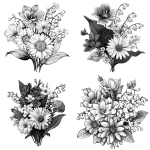
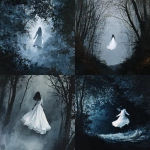
](https://images.ai-img.art/thumbnails/150/40f5616ec109375a4883745aaff6fff89d478c5edd1780ba62f32268b6f0e47a.webp)



](https://images.ai-img.art/thumbnails/150/cc041db2ba44df3a2e110a04455c0fdf49948bd67b77c022669df3888598468a.webp)
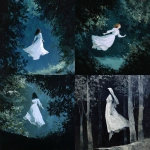

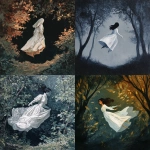
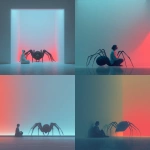

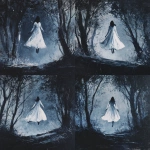
](https://images.ai-img.art/thumbnails/150/b479c71b9ce8c42d36eb158c561ae1646c708454c4ba90e72fd68296c6f57a52.webp)

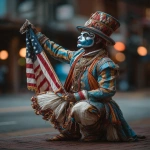

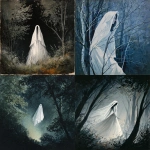
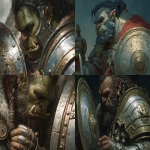
](https://images.ai-img.art/thumbnails/150/883252ab14abf449fba143e8d015b52b6505022ee5604f20e930fea350435cff.webp)
](https://images.ai-img.art/thumbnails/150/96a508d95e7379269fe047fb05a8b984468c71039b86d4b2081b6b4eebed1b65.webp)
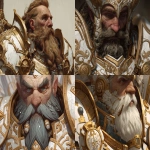
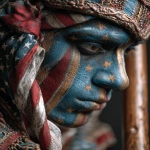

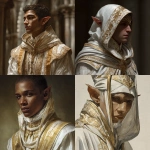

](https://images.ai-img.art/thumbnails/150/3dfec1f7632cb4fdab02c2b2738cd475c9ad3d3e5a44e189365504a6896257e5.webp)
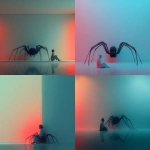

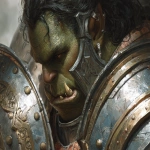
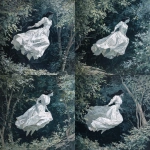
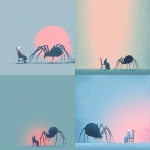

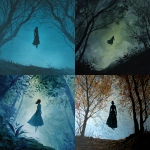

](https://images.ai-img.art/thumbnails/150/22a89c3014358777d6ad4d354d18a54c5f6f12afba558ff75c91b8eb4053130a.webp)
](https://images.ai-img.art/thumbnails/150/ad3cb3100f90e6de3389b2120c30dfebc1ecb4df72654cc0054142252adad55e.webp)
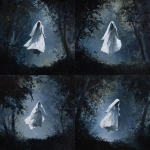
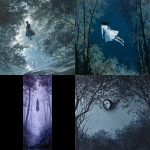

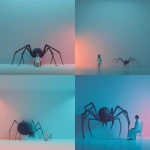


](https://images.ai-img.art/thumbnails/150/0b4c2ca8fd3b2962df2206ca8810fdae99efcdfc1a9b8aa68a113d256347af4f.webp)

